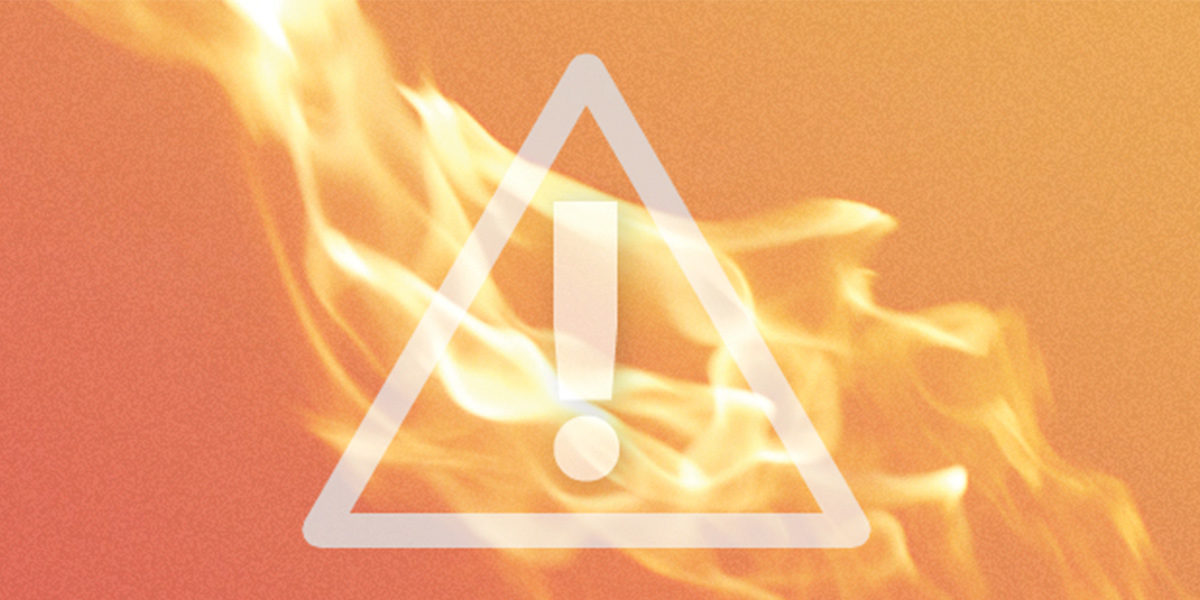
Mental Health in Games: 3 Design Tropes that Need to Die
Games are not just a reflection of cultural values, they have the power to shape those values in return.
In honor of Mental Health Awareness Month, let's talk about how mental illness is represented in video games and why that should change.
About a quarter of commercially released video games include characters with symptoms of a mental illness. Too often, these portrayals follow the trends we've seen in over 40 years of research into film and television: they tend to be negative, exaggerated, and inaccurate. Since stigma is a major obstacle to seeking treatment and is a known risk factor for poorer mental health outcomes, stereotypical and exaggerated depictions in media can be especially harmful.
[Related: Hellblade: Senua's Sacrifice - Why the World Needs a Hero with a Mental Illness]
Video games can do better. Games are not just a reflection of cultural values, they have the power to shape those values in return. So, for you game designers out there, here's a brief list of 3 common mental health tropes that you have the power to — and should — kill with fire.
The Homicidal Maniac
The Homicidal Maniac is a character trope that inseparably ties mental illness to violence. This character is often portrayed as an evil, ruthless, unfeeling, untreatable, and blood-thirsty killing machine whose traits and behaviors are explained only by some ill-defined mental illness.

According to a 2012 article on IGN, "...there are eleven well-known video game characters that display a special kind of crazy. Why eleven? Because we're crazy, too." Source
- Character examples: Vaas Montenegro (Far Cry 3); Sander Cohen (Bioshock); Kefka (Final Fantasy VI); Nolan Stross (Dead Space 2)
- Why the trope needs to die: Depicting people with a mental illness as inherently violent is the most common way television, film, novels, and even the news "address" mental illness. Characters with a mental illness in movies are far more likely to commit violence than characters without a mental illness, and the rate at which these fictional characters commit violence is grossly overrepresented compared to real-life statistics. In reality, people coping with a mental illness are 10 times more likely than the general population to be victims of violent crime, and 14 times more likely to be the victims of violence than the perpetrators of it. Not only does this trope perpetuate the stereotype that people managing mental illness are violent, but it's also —in this author's opinion- an uninspired and cliched way to approach writing and character development. Do better!
Completely Incomplete: The Symptoms as Character
These depictions take the most visible, non-violent symptoms of mental illness — such as disorganized speech and movement, delusions, hallucinations, and paranoia — and flatten them into a one-dimensional, straight jacket-wearing, babbling, rocking-back-and-forth-in-a-corner caricature. These characters are not whole people, only symptoms personified. The symptoms become the character.
- Character examples: Suicidal Marine (Halo 3); Cicero (Elder Scrolls V: Skyrim); The Mad Hermit (Dragon Age: Origins)

A marine NPC in the Halo 3 level Floodgate talks to himself while pointing a pistol at his head after a traumatic encounter with The Flood, the intergalactic space zombie antagonists of the Halo series. Image source
- Why the trope needs to die: Not every character with a mental illness needs to be as rich and complex as Hellblade's Senua, but if there's time to create a background NPC who exhibits symptoms of mental illness, there's time to make sure that that portrayal is not stereotypical, cliche, or harmful. People who are coping with a mental illness are already often reduced to single words — depressed, schizophrenic, bipolar — and the concept that "you are your disorder" does not need to be perpetuated in spaces that are intended for relaxation and recreation. Normalizing caricatures or extremes of mental illness perpetuates people's misconceptions about what mental illness is and looks like.
Hellish Psychiatric Settings (and Psychiatrists)
There is nothing inherently wrong with using a psychiatric facility as a setting for a game. Unfortunately, however, these kinds of institutions, as represented in games, are almost always places of tragedy and trauma. They are often depicted as ominous and creepy with ephemera strewn about, including straight jackets, scary-looking medical tools, padded walls, and medieval-like restraints. They are frequently used to convey to the player, in shorthand, that the player should be afraid. Have you, as a player, ever spawned in a psychiatric facility and had something good happen? Chances are, probably not. Media portrayals of mental health professionals, either practicing in psychiatric hospitals or seeing clients in a downtown office, tend to evoke similar negative stereotypes of therapists as frauds, quacks, or wildly unethical people.
- Game examples: Manhunt 2; Batman: Arkham Asylum; Outlast; The Evil Within; Grand Theft Auto V (especially Dr. Friedlander)

The Evil Within opens with detective Sebastian Castellanos investigating a mass murder at a local psychiatric facility. Image source
- Why the trope needs to die: This trope preys upon culturally established stereotypes about what a psychiatric hospital represents and the kinds of people that provide and utilize that service. There's no denying that mental health care in psychiatric facilities has a long, troubled, and sometimes horrific history. The Town of Light is a beautifully disturbing example of a game that explores that history well. For many, the thought of seeking treatment — especially in a psychiatric hospital — can be a scary prospect, and many who have spent time in these kinds of hospitals may find the experience frightening. Ultimately, however, the goal of these institutions is to help people by providing intensive and specialized care. Unsurprisingly, portrayals of psychiatric hospitals are most frequently found in horror games because they so easily serve as an affective schema — an emotional shortcut — for conveying a sense of fear to players. I would strongly encourage any game developer who is considering using a psychiatric hospital as a setting, especially in a horror game, to carefully evaluate the necessity of such a setting and whether or not it perpetuates the misguided and harmful perception of treatment centers as Hell-on-Earth.
Why Kill these Tropes with Fire?
If harmful portrayals of mental health can influence how players perceive mental illness, doesn't that imply that exposure to extreme violence in games influences how players perceive violent acts? Not necessarily.
It is well-established and widely accepted that violence is not socially acceptable. We teach children from a very young age to use their words rather than their fists. Engaging in aggressive acts in school is frequently met by ostracization from peers and punishment from adults. Workplaces have defined rules and guidelines about behaving aggressively in the office and often back them up with severe consequences. In short, the concept of thou shall not kill, steal, or harm others is deeply ingrained in our personal values and social reality - the social norms are very clear. We know hurting people is wrong no matter what a video game depicts.
This same reasoning does not apply to mental illness. Other than having a friend or family member with a mental illness, the number one place a person will come in contact with mental health content is through mass media (film, tv, games). Because mental health continues to be stigmatized, we as a society find it taboo to talk about. A lack of open, respectful conversation leads to facts being obscured and misinformation and stereotypes being propagated.
But games can help to change this. By being more mindful of the types of mental health representations they use, game designers have an opportunity to challenge the damaging, persisting beliefs and stereotypes many hold about mental illness.


